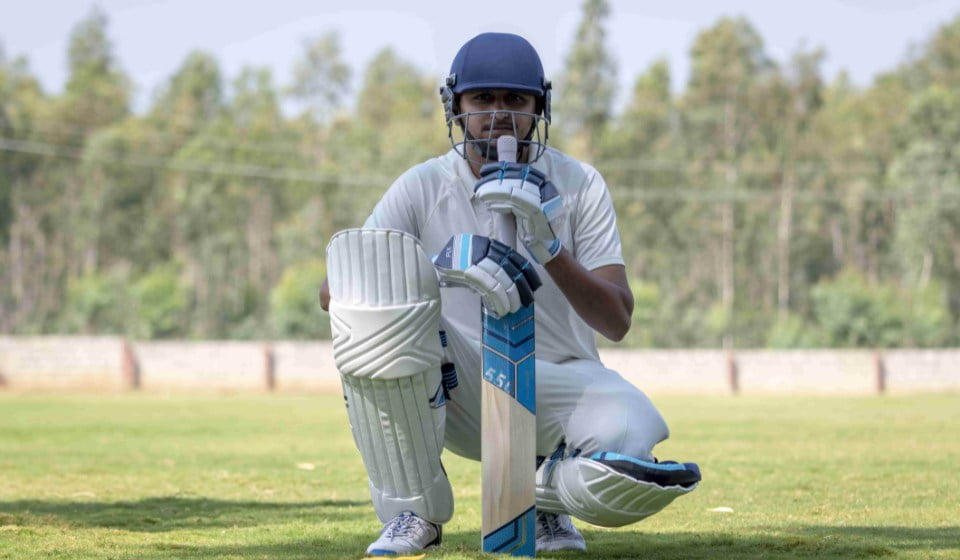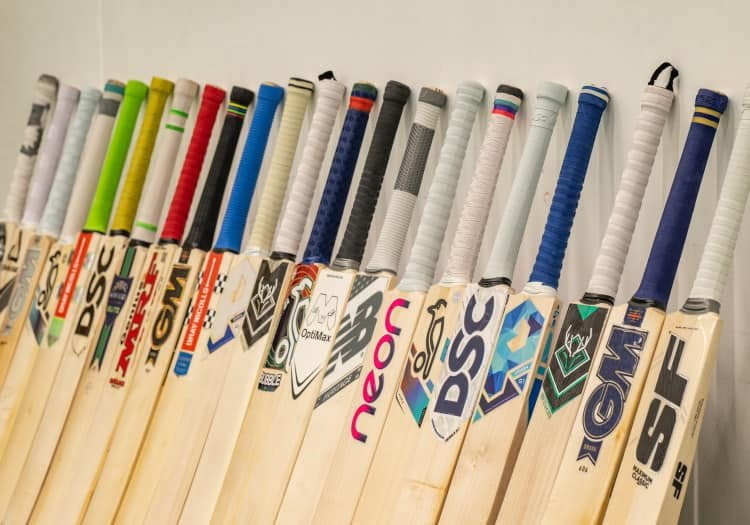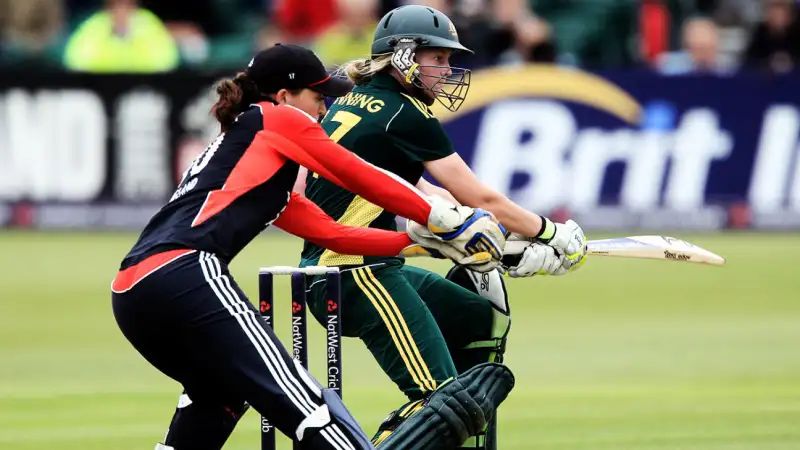The Hundred Cricket Is Different From T20 Cricket – keysportswear

How is The Hundred different to T20 Cricket?

The most recent cricket competition in Landon is back! We’re looking at some The Hundred rules that are different from the T20 cricket you may be used to seeing or playing ahead of the finals this weekend.
100 balls per inning
The period of overs is over in The Hundred cricket. As contrast to overs of six balls, the bowler can bowl five or ten consecutive balls before changing to a new bowler. This modernizes the traditional game by reducing the number of balls in each inning to 100 and shortening games.

Wide or no-ball strikes result in two runs.
Traditional cricket awards one run to the opposing side for each wide ball or no ball, while in The Hundred cricket, the batting team receives two runs. team for a wide or no ball. This raises a team’s innings score and puts pressure on the other side to pursue the total.
The Hundred rules
1) Toss
The toss does not have to take place on the ground.
2) 100 balls per innings
100 balls will be used in each inning, as was already announced.
3) No ‘overs
The idea of “over” in cricket will be replaced with The Hundred. 100 balls will therefore be split up into blocks of five delivery. A bowler is only permitted to throw two consecutive blocks of five deliveries. In order to signify the conclusion of one block to players, scorers, broadcasters, and spectators, umpires will display a white card and yell “five” after the completion of five balls.
4) Change of ends after 10 balls
Until recently, competitive cricket, regardless of the format, used to change ends after each over. The Hundred, however, will permit players to play 10 balls from the same end, or two blocks of five deliveries.
5) Powerplay
A There is a 25-ball powerplay in each innings in the beginning.
6) Strategic timeout
Fielding teams will be allowed one two-and-a-half minute strategic timeout every inning. It is available at any moment following the powerplay.
7) No crossing of batters
In the event of a caught dismissal, batsmen are not permitted to change strike, even if they have crossed each other while rushing between the wickets. In other words, if the departing hitter does not go out on the last ball of a 10-ball block, the new batter will always take the strike.
8) DRS
DRS (Decision Review System) will be utilised in an English domestic match for the first time.
9) Tied match
If a league match ends in a draw, each side receives one point. Teams must play a ‘Super Five’ if their knockout match is deadlocked. If the first ‘Super Five’ is likewise tied, a second one will be played. If the second ‘Super Five’ similarly ends in a tie, the team with the highest Group stage finish will be proclaimed the champion.





































































































































